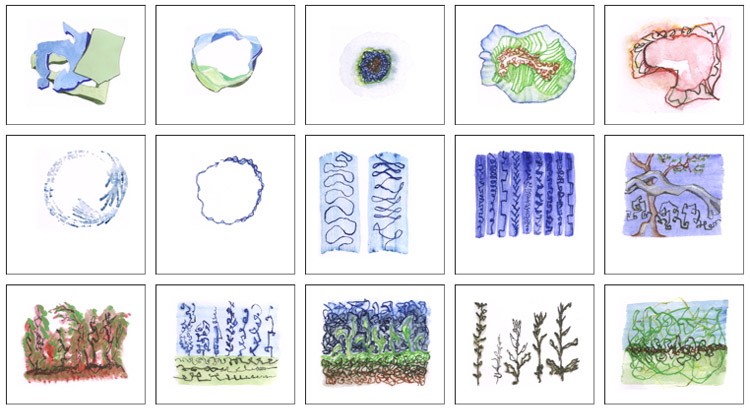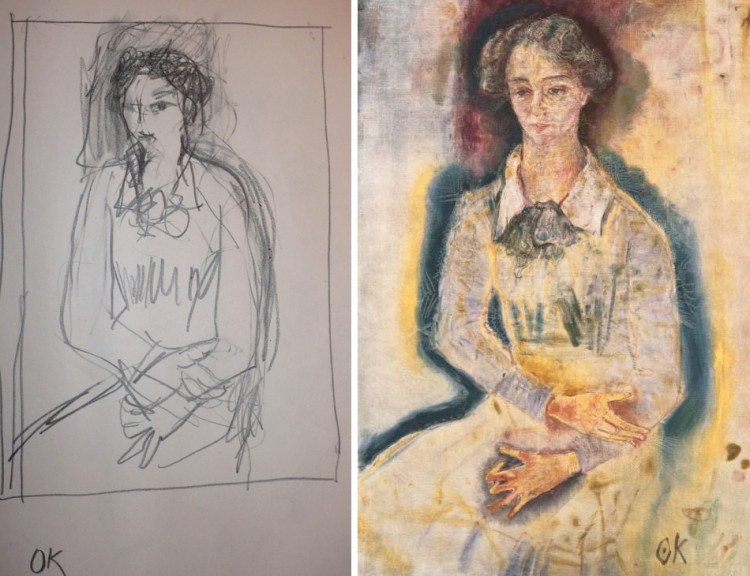
Screenshot of John F. Simon Jr.’s recent drawings, recorded in his online archive
I’ve always admired the dedication that comes with practicing “one-a-day.” I’ve tried my hand at it over the years: snap one photo a day, write one journal entry a day, I’m currently on a (cheesy) roll recording one grateful thought per day. Most of these attempts last a few months at best. So when I learned that Intersections artist John F. Simon Jr. creates one sketch per day, which he’s kept up for over 16 years (seven of which have been recorded on his online archive), I was mesmerized. I find that sort of artistic devotion so impressive, and it makes his work more meaningful for me. It gets to the “why” of art; the process behind Simon’s work serves a purpose beyond aesthetics. It’s a zen moment, it’s introspective, it’s meditative. As the artist describes it, “I make a drawing and then I write down what I think it’s about and the whole package tells me something about where my head is.”
Do you have a daily routine, art-related or otherwise, that serves as an opportunity to reflect or look inward?
Amy Wike, Marketing Manager



